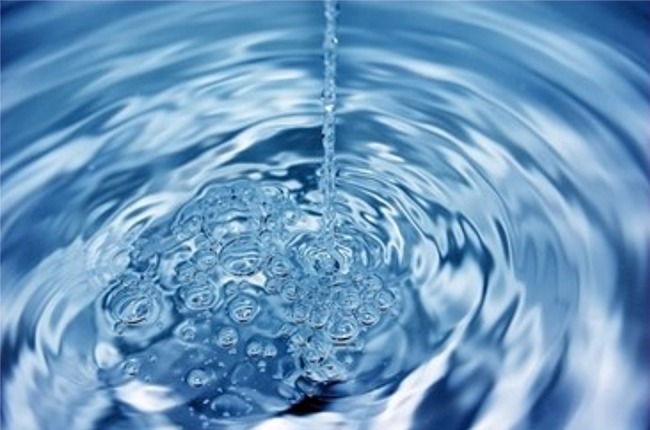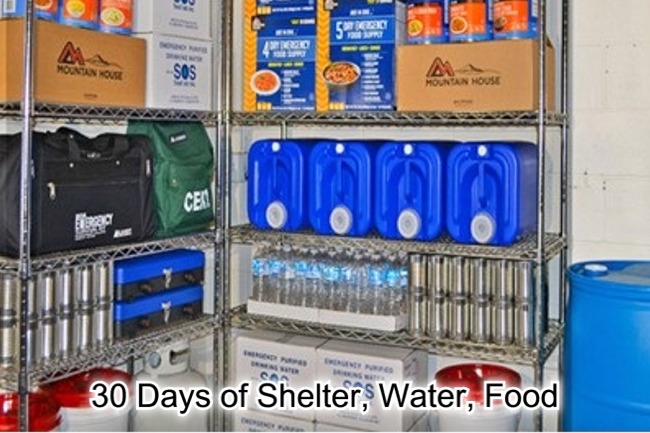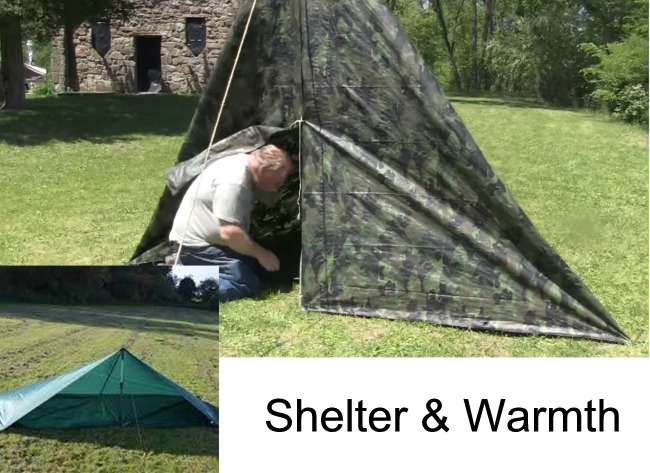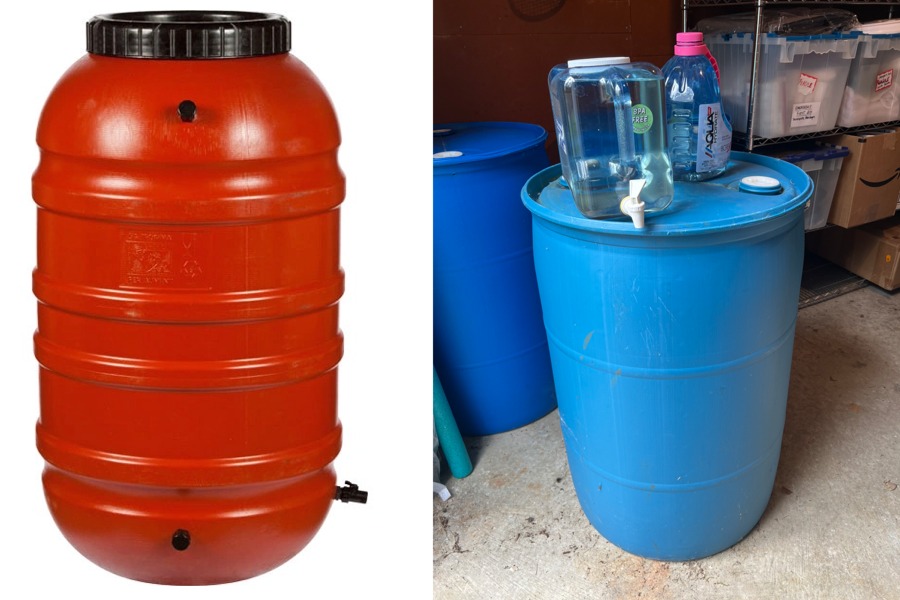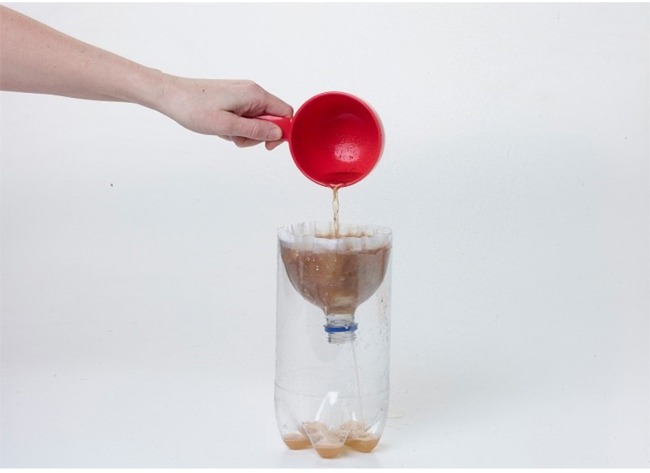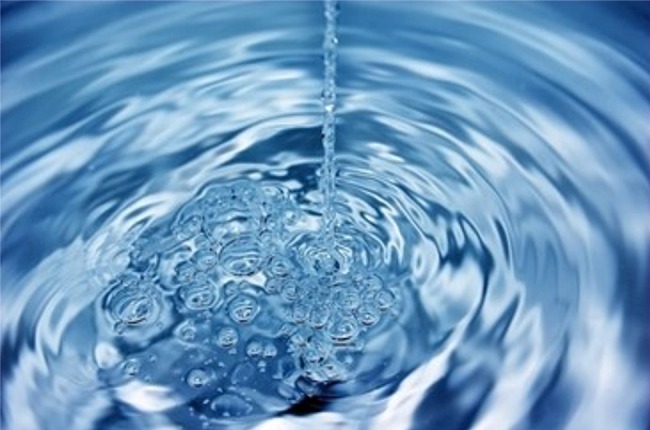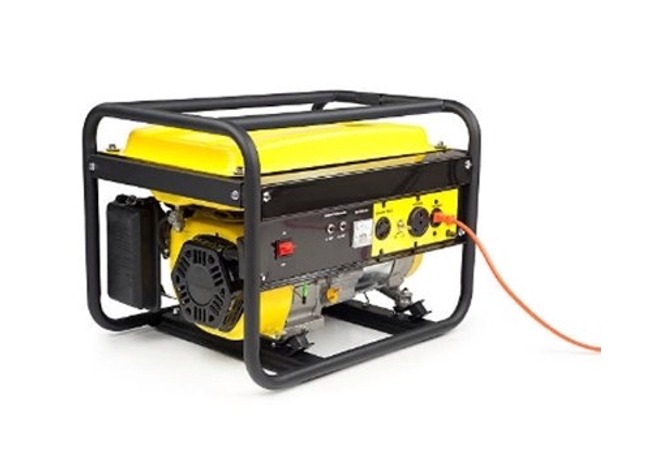Emergency Preparation - The Prepper Corner
2.4.3 - Prepper - Water Overview
Home > Emergency Preparation > The Prepper CornerWhy is this important? You likely cannot last, or at best function well, more than a few days without water. There is no immediate community water on the Island, and it may be days before any emergency systems can become operational.
There are several ways to obtain water, each has its pros and cons.
- Use what’s available in your house
- Pros – easy, cheap, and a hot-water heater is well-contained
- Cons -
- Might be difficult to fill containers from the heater drain
- If your heater has not been recently drained, water could contain debris.
- If your heater is not secured, it could fall and break in an earthquake
- Obtain from a local spring or creek, roof runoff is another option
- Pros - Pretty easy in some cases
- Avoids having to store if you have limited room for storage
- Cons -
- Can you find a spring now?
- Earthquakes can disrupt spring locations and flows
- The spring water should be filtered and treated – if you are cold, wet and hungry, possibly injured, you may have difficulty doing this.
- Roof runoff needs a collection drum and means of disposing the initial flush until roof is clean.
- Pros - Pretty easy in some cases
- Store water on site
- Pros - Water is available NOW
- Even a few gallons gives you time to source other water if that’s part of your plan
- Guaranteed clean and sanitary. Intestinal illnesses can be devastating.
- Cons -
- You have to wrangle some large drums, or a lot of small containers.
- The water has to be replaced on a regular basis.
- Pros - Water is available NOW
For more information, see the links below:
2.4.3.1 – Water Storage
2.4.3.2 – Water Filtration
2.4.3.3 - Water Sanitization
You might also like these related The Prepper Corner items:


